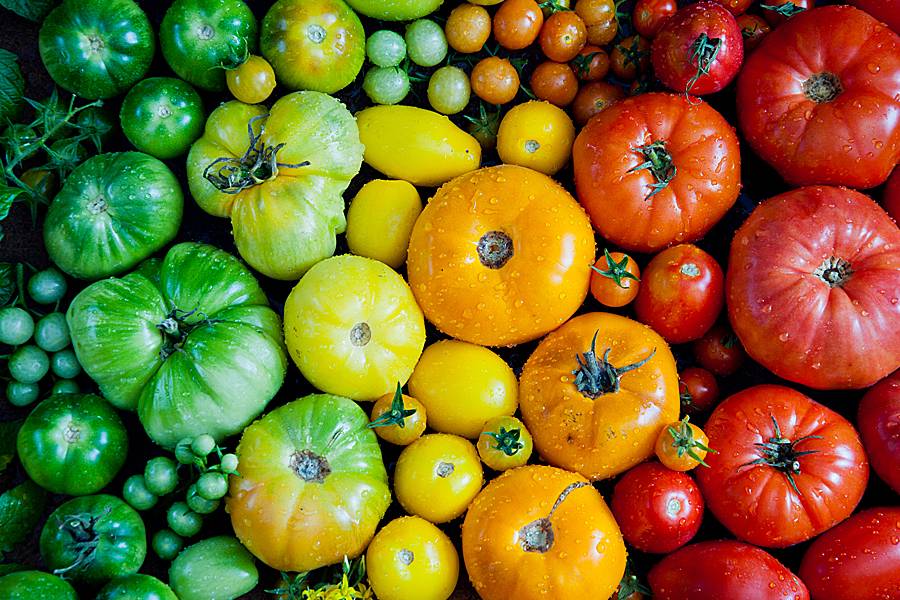Fruits and vegetables are key to a healthy diet. They provide vitamins and minerals, and are low in calories. But most Americans aren't eating enough. Aim for filling half your plate with fruit and veggies. The more, the better.
Step one: Set a goal. For adults, the U.S. Department of Agriculture's daily recommendation is three cups of vegetables and two cups of fruit for men, and two-and-a-half cups of vegetables and one-and-a-half to two cups of fruit for women. If you're not already eating that much, try increasing your intake by a half cup each week until you hit the recommendations. Once you have reached your goal, keep going—and increase your variety, too.
Step two: Make some easy changes. To help increase your fruit and vegetable intake:
- Increase your portions. Instead of having a half cup of carrots, have a full cup.
- Eat fruits and vegetables more often. Instead of an apple once a day, have two pieces of fruit each day.
- Add fruits and vegetables to foods you like to eat. Use fruit to change up yogurt, cereal, or oatmeal. Pump up pastas, casseroles, and sandwiches with an extra serving of vegetables.
- Add extra flavor. Dip raw vegetables into hummus, low-fat dressings, or peanut butter. Season cooked vegetables with herbs and spices. Roast apples or pears with cinnamon for a tasty dessert. Dip berries and fruit in yogurt and freeze them for a cool treat.
- Have what you need within reach. Keep prepared fruits and vegetables in the fridge. Stock your freezer with frozen ones. Have a fruit bowl at work.
- Try new fruits and vegetables often. Spice up salads with red cabbage, jicama, or beets. Snack on melons, plums, pomegranates, or papayas.
- Aim for a rainbow. Red, orange, green, and purple fruits and vegetables have varied, color-based benefits.
- Eat within season. Centering your diet around food at its prime is the optimal path to a healthy lifestyle. When they're in season, fruits and vegetables are fresher, tastier, and cheaper. Not only that, but eating seasonally helps support the local or regional economy. Farmers markets are in full swing in the summer, and July is a great time for cantaloupe, corn, cucumbers, green beans, peaches, peppers, plums, squashes, strawberries, and tomatoes. To see what fruits and veggies you should be eating right now, click here.
This article was provided to the Johns Hopkins Benefits Office in partnership with CareFirst BlueCross BlueShield of Maryland.
Posted in Health+Well-Being
Tagged hr newswire








